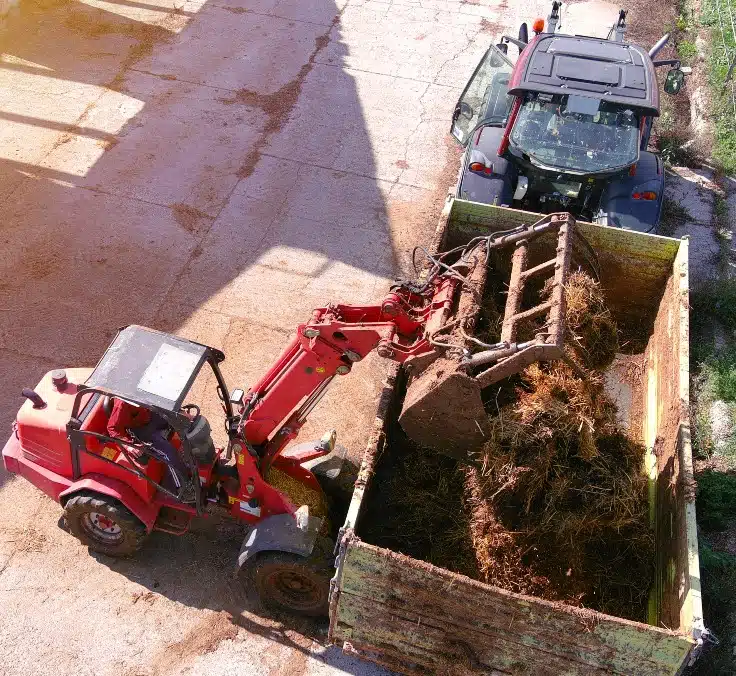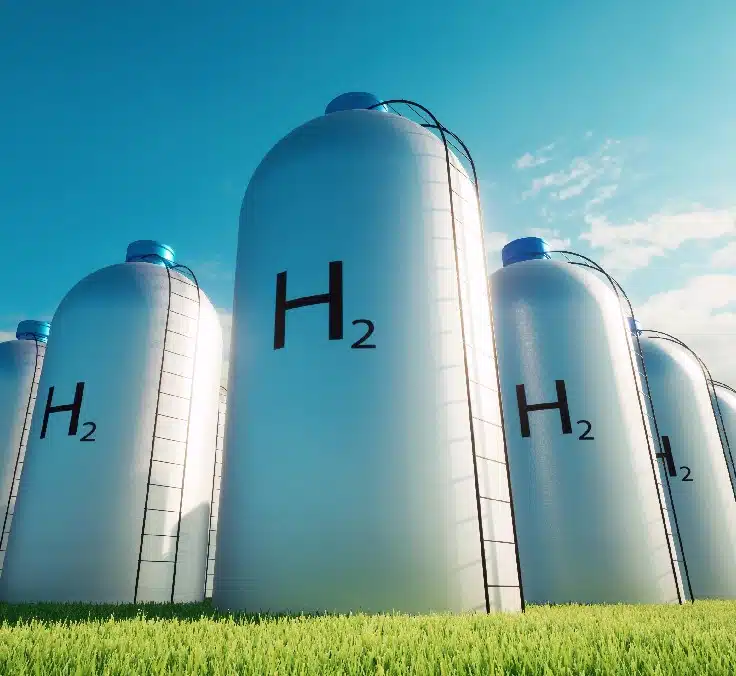SUSTAINABILITY| 24.07.2023
Carbon credits: the system for reducing greenhouse gas emissions
Climate change is a reality that we must face together. The time has come for decarbonization, prompting all businesses around the world to take action to help care for the planet.
Carbon markets, also known as carbon allowance markets or emissions markets, are systems designed to reduce greenhouse gas emissions and combat climate change. They work by placing a financial value on carbon emission reductions.
In these markets, countries, companies, or entities that emit greenhouse gases receive emissions credits, which correspond to a certain amount of allowable emissions. These credits can be bought, sold, or transferred between market participants. If one entity has surplus credits because it has reduced its emissions, it can sell the surplus to other entities that need more credits to meet their emission reduction targets.
The fundamental idea behind carbon markets is to create a strategy based on financial incentives to address climate change. This way, companies and all types of entities are encouraged to take action to make progress in reducing their greenhouse gas emissions. By setting a price on carbon emissions, a mechanism is put in place to internalize the environmental costs of emissions and encourage the adoption of cleaner technologies and the implementation of energy efficiency measures. Furthermore, carbon markets can foster technology and knowledge transfer between countries and promote international cooperation to reduce emissions globally.
Offset, neutralize, or reduce the carbon footprint?
Although at first glance they may appear to be the same concepts, in reality, each one has a slightly different focus and meaning:
Offsetting the carbon footprint means balancing the greenhouse gas emissions generated by one entity, such as a company or an individual, by funding projects that reduce or eliminate emissions elsewhere. These projects are often linked to renewable energy, energy efficiency, reforestation, or carbon capture and storage. The aim is to offset one’s own emissions by investing in reduction actions elsewhere, thus achieving a balance between emissions generated and emissions reduced.
Neutralizing the carbon footprint involves offsetting greenhouse gas emissions by removing or sequestering an equivalent amount of carbon from the atmosphere. This can be achieved through carbon sequestration projects, such as planting trees or implementing carbon capture and storage technologies. The aim is to achieve a net balance between emissions generated and emissions removed from the atmosphere, so that there is no additional impact on climate change.
Reducing the carbon footprint involves taking measures to directly reduce the greenhouse gas emissions generated by an entity. The aim is to implement actions and strategies to reduce energy consumption, improve efficiency, adopt cleaner technologies, promote sustainable mobility, and mobilize other practices that minimize emissions. Reducing the total amount of emissions generated implies changes in the processes, behaviors, and technologies employed by the entity.
How do we do this at MAPFRE?
Decarbonization is no longer a matter of choice; for many companies, like MAPFRE, which aim to become carbon neutral, it is imperative. Decarbonization is a challenge that requires companies to know their current carbon footprint and to identify short-, medium- and long-term strategies to reduce that footprint and offset whatever they cannot eliminate.
Below, we explain what we are doing to reduce our emissions and contribute to the Paris Agreement’s objective of limiting the average global temperature increase to below two degrees.
Energy savings: In 2022, we reduced our energy consumption by 12% when compared to 2019, exceeding the planned reduction target of 3%. This was achieved by implementing hybrid work models, optimizing workspaces, investing in energy efficiency, and renewing vehicle fleets with greener and more efficient engines. Thanks to this decrease in consumption, we have prevented the release of 4,095 tons of CO2 equivalent into the atmosphere.
Clean energies: In addition to using energy from 100% renewable sources in Spain and other countries, we have installed more powerful photovoltaic solar panels at our headquarters in Madrid, which will generate 3.34 GWh of electricity per year. With this measure, we anticipate that 40% of the current consumption at the headquarters will come from the photovoltaic self-supply installation.
Offsetting projects: For the second year in a row, MAPFRE planted a total of 4,874 trees in Pontevedra and another 1,667 in Portugal. It also participated in an “avoided deforestation” project in Peru to protect a large area of intact forest from deforestation. Through the projects it implemented in Spain and Portugal, the company has contributed to repopulating almost 5 hectares of areas affected by fires, with more than 6,500 new trees absorbing 4,000 tons of CO2 equivalent from the atmosphere. With its efforts in Peru, the company has offset a total of 13,294 tons of CO2 equivalent. All these initiatives form part of ‘MAPFRE Forest,’ which encompasses our reforestation actions and is aimed at preserving biodiversity and natural capital, as well as creating carbon sinks and neutralizing part of our footprint.
Awareness: recently, we launched our ‘Virtual Forest,’ where employees learn about their daily use of energy, toner, and paper and the efforts to reduce it. The project teaches employees that, for each ton of paper that is not printed, up to 20 trees will not be cut down and 7,000 kWh of electricity and 5,000 liters of water will not be consumed.
Green products: the ‘Gama Cambio’ is a new line of MAPFRE insurance products for electric and hybrid vehicles, and other products from Iberdrola, that are 100 percent renewable. We market this line through our network of offices.
Commitments: we have officially committed to be carbon neutral in all major countries by 2024 and in all countries where we operate by 2030.
ESG criteria in investments and underwriting: we do not invest in companies that derive 30 percent or more of their revenue from coal-produced energy.
At MAPFRE, we care about what matters to you, which is why we are taking steps to accelerate the energy transition and make progress in the fight against climate change.
RELATED ARTICLES:




